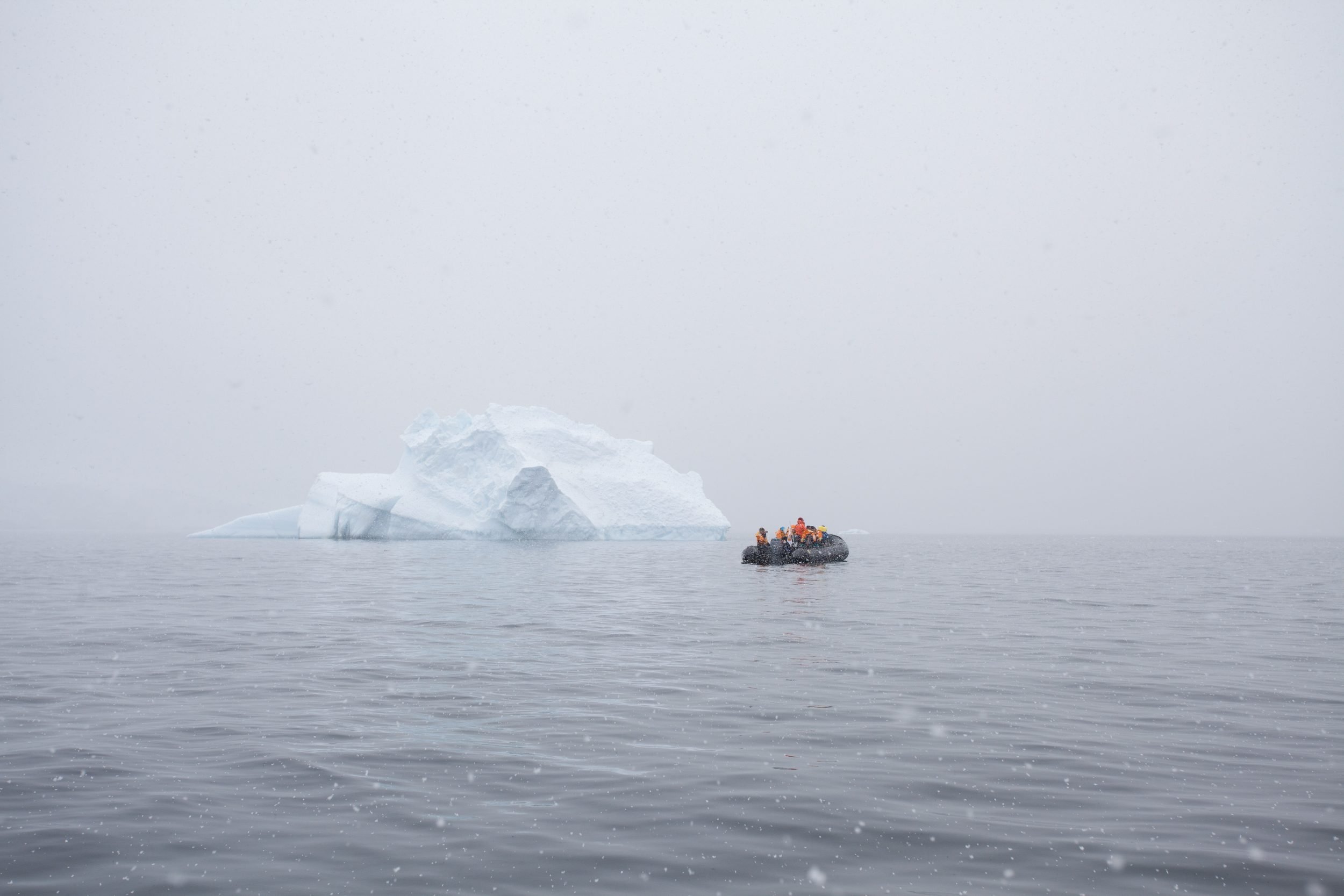For more than 50 years, the Royal Canadian Geographical Society has contributed to growing geographical understanding of Canada – its people, places, culture, environment and economic challenges – by funding research to broaden Canadians’ knowledge and appreciation of Canada.
As one of the oldest organizations in Canada funding geographical research, our research grants and scholarships have enabled students to pursue their passion for geography, sometimes leading to ground-breaking results. This much-needed support has also helped launch the careers of Canada’s brightest minds in geography.
This year, we awarded six scholars reflecting a range of disciplines and geographical reach. Their work highlights the importance of applying geographical methods and technologies, to better understand our landscapes, environment, and sustainable human interaction.
GRADUATE SCHOLARSHIPS
MICAH ECKERT
Pursuing a Masters of Science in Forestry at the University of British Columbia
“Capturing flood and erosion dynamics to understand rapid coastal change in the Western Arctic”
The Arctic is warming four times than the global average, intensifying coastal floods through stronger surges, erosion and rising sea levels. These floods damage infrastructure, disrupt ecosystems, and accelerate permafrost thaw, releasing carbon stores. While existing models predict flood-prone areas and erosion rates, the climatic and hydrological drivers of floor severity remain unknown, limiting forecasting accuracy. To improve floor monitoring, we installed a groundwater well monitoring system consisting of six groundwater wells equipped with Levelogger LTC sensors to track flood height, groundwater salinity, and temperature. This work enhances our understanding of Arctic coastal change, providing critical insights for forecasting and proactive conservation efforts to protect Northern communities and ecosystems.
ADAM GARBO
Pursuing a Doctorate in Philosophy: Geography at the University of Ottawa
“The life cycle of icebergs: Glacier thickness mapping, iceberg production, and drift dynamics in the Canadian Arctic”
Glaciers in the Canadian Arctic Archipelago are rapidly thinning and retreating, with significant implications for global sea-level rise, Arctic ecosystems, and maritime safety. Despite its importance, glacier thickness remains poorly constrained in this remote area, limiting the accuracy of ice mass balance estimates and predictive models. This research will create the first high-resolution, field-based maps of glacier thickness and subglacial topography in the Canadian Arctic Archipelago using airborne ice-penetrating radar surveys and numerical modelling. The data will provide insights into spatial patterns of ice volume, key to understanding glacier mass balance, sea-level rise potential, and the processes driving iceberg calving and production.
GRACE JOHNSON
Pursuing a Masters of Science in Physics at Simon Fraser University
“Water track development on High Arctic permafrost hillslopes”
Hillslopes in the Canadian High Arctic often feature quasi-linear water tracks, resembling rills but lacking sustained surface flows. This raises questions about how hillslope geomorphology influences water track patterns and the mechanisms behind their development. Understanding these processes is important for periglacial geomorphology, as water tracks are believed to play a key role in channel network development in water-limited polar desert environments. This research will address these questions using field data from Devon Island, Nunavut, and modelling techniques, and a digital elevation model (DEM) of a hillslope with water-track-like features was created using LiDAR data.
JORDAN SEIDER
Pursuing a PhD in Forestry at the University of British Columbia
“The influence of altered vegetation community composition, structure and phenology on caribou movement in Northern Yukon”
Arctic ecosystems are undergoing rapid transformation due to climate change, impacting the movement and habitat use of barren-ground caribou. This research focuses on the Porcupine caribou herd in northern Yukon, investigating how altered vegetation composition structure, and phenology influence migration patterns. Rising temperatures and shifting precipitation regimes are modifying plant communities, particularly increasing shrub cover, yet the relation to caribou movement remains uncertain. By linking vegetation change to caribou movement, this study will inform conservation and co-management efforts, contributing to the broader understanding of Arctic wildlife responses to climate change.
CAMILLE SLACK
Pursuing a PhD in Geography at the University of Ottawa
“Infrastructure development and community food security in the Inuvialuit Settlement Region: Impacts of Inuvik-Tuktoyaktuk Highway”
While some research exists on rural road development impacts within the global Indigenous context, the impact of new roads on Arctic communities remains largely under-explored. This research addresses this gap through a collaborative case study of Tuktoyaktuk (population 937), a hamlet in the Inuvialuit Settlement Region that gained all-season road access with the 2017 opening of the Inuvik-Tuktoyaktuk Highway (ITH). Taking a collaborative, community-based approach, we are building towards better understanding the relationship between infrastructure innovation and resource distribution to inform decision-making connected to community needs and wellbeing.
JAMES BOURQUE NORTHERN DOCTORAL SCHOLARSHIP
NEIL BRUBACHER
Pursuing a PhD in Geography at the University of Victoria
“Leveraging C- and L-Band synthetic aperture radar to estimate Arctic sea ice thickness”
In communities across Inuit Nunangat, sea ice is relied upon as a platform for travel that enables access to country food and other forms of wellbeing. Sea ice thickness is an important piece of information for planning safe on-ice travel, and its monitoring from remote sensing technologies is of interest in several communities. As part of a project co-led by Inuit, a northern Indigenous organization, and an international team of sea ice physics and remote sensing experts, this research aims to develop accurate and validated methods for estimating sea ice thickness from synthetic aperture radar imagery.
JAMES MAXWELL HUMAN GEOGRAPHY SCHOLARSHIP
ADERINOLA OLAMIJU
Pursuing a Masters in Geography at Memorial University
“Racialised labour in Nova Scotia mines: Black geographies of labour, 1880-1960”
Canada, during the late 19th century through the first half of the 20th century, experienced an influx of Black migrant coal miners who contributed to Nova Scotia’s coal industry and provincial economy. This research aims to uncover their untold histories, addressing a gap in Canadian labour studies that has often marginalized their contributions and experiences. Using historical-geographical methods such as archival research and community-based histories, and employing a settler-colonial and intersectional framework, this research examines historical race and labour relations between Black people and settlers and their resilience to dangerous working conditions and advocacy for better occupational safety.



